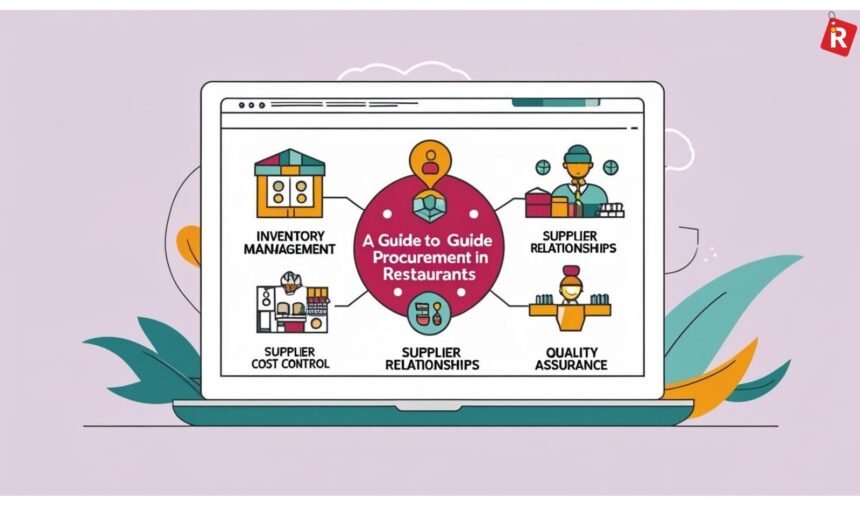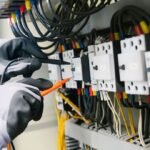A restaurant’s success often hinges on how well everything comes together behind the scenes. The ingredients, suppliers, and systems that keep your kitchen stocked play just as important a role as the dishes leaving it. When those systems start to slow down, create confusion, or drive up costs, it may be time to reassess how your procurement process works.
Why Modern Procurement Matters
The way restaurants handle purchasing has changed significantly in recent years. Many are now turning to restaurant procurement software to bring order and visibility to the buying process. These platforms make it easier to track inventory, manage suppliers, and keep spending under control. But even with the right tools in place, it’s important to ensure the overall workflow still fits your restaurant’s needs as it grows or changes direction.
Signs Your Procurement Workflow Needs an Update
Frequent Stock Shortages or Excess Waste
Running out of core ingredients or having to dispose of unused stock can both point to misalignment between purchasing and kitchen operations. Outdated ordering habits or poor communication can lead to unnecessary losses.
Unclear Supplier Performance
If it’s difficult to tell which suppliers are consistently reliable, your system may not be capturing key performance details. Having visibility into delivery times, pricing trends, and product quality helps you make smarter purchasing decisions.
Slow or Manual Approvals
A procurement process that relies on paperwork or long email chains can easily delay orders. Streamlining approval steps through digital tools saves time and prevents last-minute shortages.
Limited Cost Visibility
Without clear oversight of your spending, it’s easy to miss opportunities to consolidate suppliers or negotiate better pricing. Real-time cost visibility helps protect margins, especially when ingredient prices fluctuate.
Staff Overload and Burnout
If your team spends more time chasing invoices or checking deliveries than improving operations, your workflow is probably too manual. Automation can remove repetitive tasks and free up staff for higher-value work.
How to Reassess and Improve Your Procurement Process
Start by outlining your current process from the moment ingredients are requested to when they’re received. Look for points where delays occur or where information isn’t flowing clearly between teams. Then, consider whether your existing tools are still supporting your restaurant’s growth.
Modernising your system with restaurant procurement software can bring automation, better reporting, and stronger supplier management. By combining these tools with a simplified process, restaurants can reduce waste, lower costs, and operate with greater consistency.
Training and Communication Are Key
Even the best-designed workflow depends on people following it correctly. Make sure your team understands why changes are being made and how the new process benefits them. Training, open communication, and regular feedback will help ensure that improvements stick.
The Payoff of a Smarter Workflow
Refining your procurement process is about more than convenience. It’s about building stability and agility into your operations. A well-structured system helps your restaurant adapt quickly to supply issues, cost fluctuations, and changing demand, without sacrificing quality.
If inefficiencies are beginning to affect your service, budget, or staff workload, it’s time to take a closer look at how your procurement workflow functions. Updating your systems and processes can lead to clearer insights, stronger supplier partnerships, and smoother day-to-day operations. With the right structure and technology in place, your restaurant can focus more on creativity and customer satisfaction, and less on chasing orders.









